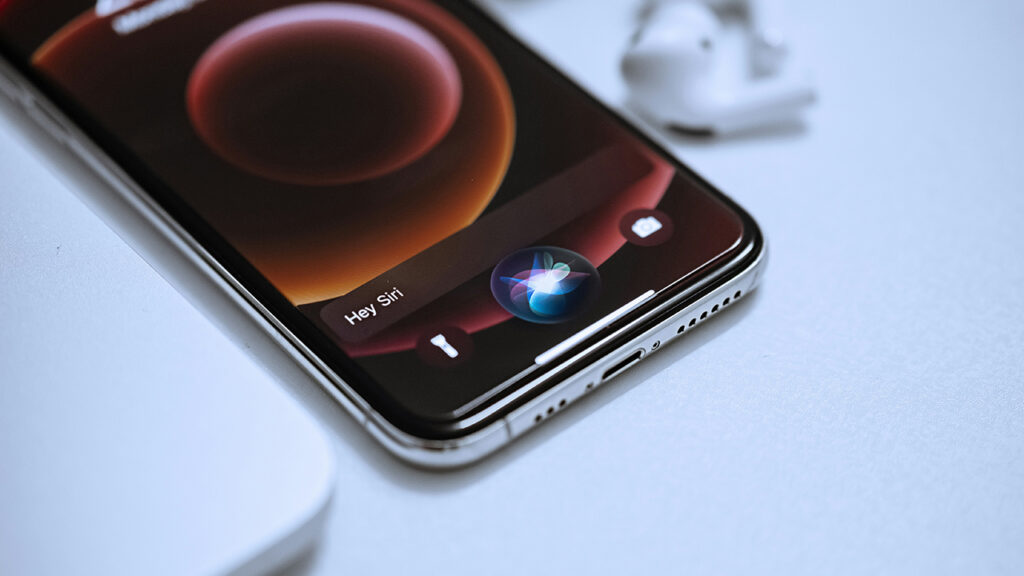Mobile phones have come a long way from bulky elite gadgets to essential tools for billions. In 2025, smartphones are powerful computers with AI, pro-level cameras, and smart home integration. Let’s dive deep into this evolution with facts, examples, and a peek into the future.
Early Days: The Era of “Bricks” (1970s–1980s)
The story kicked off on April 3, 1973, when Motorola engineer Martin Cooper made the first call on the DynaTAC 8000X prototype. It weighed 1.1 kg, measured 33 cm long, and cost about $4,000 (equivalent to $25,000 today). Battery life: 30 minutes of talk time, with a 10-hour recharge. Commercial launch in 1983 priced it at $3,995—affordable only for businessmen and celebrities.
The 1980s brought analog 1G networks (AMPS in the US, NMT in Europe). Devices like the Nokia Mobira Cityman (1987) weighed 800 g and cost $5,000. Voice calls only—no SMS or internet. In the USSR, NMT-450 mobiles arrived in 1991 for officials and oligarchs.
Fun Fact: The first SMS was sent in 1992 from a computer to a GSM network phone.
1990s Revolution: Digital Age and Miniaturization
2G networks (GSM, CDMA) introduced SMS, MMS, and basic internet (WAP). Phones got smaller: Motorola StarTAC (1996)—the first clamshell at 88 g. Nokia 3310 (2000) became iconic—durable, with “Snake” and a week-long battery. Sold 126 million units!
Popular Models:
- Siemens S10 (1997): First color screen.
- BlackBerry 5810 (2002): QWERTY keyboard for emails—a business staple.
By the late 1990s, the market exploded: 740 million mobile subscriptions worldwide in 2000.
2000s: Smartphones and Touchscreens
3G networks (2001) enabled mobile internet. BlackBerry ruled corporate use; Palm Treo dominated PDAs.
Turning Point: 2007. Steve Jobs unveiled the iPhone—multitouch screen, App Store, iTunes integration. No physical keyboard! Sold 1.4 million in the first year.
Android (2008, by Google) offered an open alternative. HTC Dream was the first Android phone. By 2010, Android surpassed Symbian in market share.
Camera Evolution: Nokia N95 (2007)—5 MP with Carl Zeiss optics. iPhone 4 (2010) added a front camera for selfies.
2010s: Android Dominance, 4G, and Social Media
Android’s share hit 85% (2025 data). Samsung Galaxy S series introduced AMOLED screens. 4G LTE (2010)—speeds up to 100 Mbps.
Innovations:
- Foldables: Samsung Galaxy Fold (2019)—prototype of the future.
- Bezel-less Designs: iPhone X (2017) with Face ID.
- AI Cameras: Google Pixel (2016)—Night Sight for flash-free night shots.
5G launched in China and the US by 2019. Huawei Mate X: first foldable 5G phone.
Stats: By 2015, more smartphones than PCs. Instagram, TikTok, WhatsApp—all mobile-first.
2020s: 5G, AI, and Sustainability
The 2020 pandemic accelerated digitalization. 5G covers 60% of the world (2025). Speeds up to 10 Gbps, low latency for AR/VR.
Top 2025 Models:
- iPhone 17 Pro: A19 chip, 8K video, real-time AI photo editing.
- Samsung Galaxy S25 Ultra: 200 MP camera, Galaxy AI for live translation.
- Google Pixel 10: Tensor G5 chip, advanced Gemini AI for predictive responses.
- Nothing Phone (3): Glyph LED interface, privacy focus.
- Xiaomi 15: 120W charging (full in 15 min), under-display camera.
Trends:
- Sustainability: Fairphone’s modular design (easy repairs). Apple uses recycled aluminum.
- AI Everywhere: Qualcomm Snapdragon 8 Gen 4—NPU for on-device AI (no cloud needed).
- Health: Samsung Watch integration for ECG, blood oxygen.
Market Stats (2025):
- 7.5 billion smartphones in use.
- China leads production (Huawei, Xiaomi, Oppo).
- Kazakhstan: 80% penetration; Samsung and Xiaomi dominate.
The Future: Beyond the Screen
By 2030, expect 6G (terahertz bands). Phones will integrate with Neuralink (Elon Musk)—mind-controlled. AR glasses (evolving from Apple Vision Pro) may replace screens.
Predictions:
- Implants: Brain chips for direct data access.
- Quantum Processors: Unbreakable encryption.
- Eco-Friendly: Biodegradable cases from mushrooms (Philips experiments).
Mobiles have transformed the world—from calls to metaverses.

